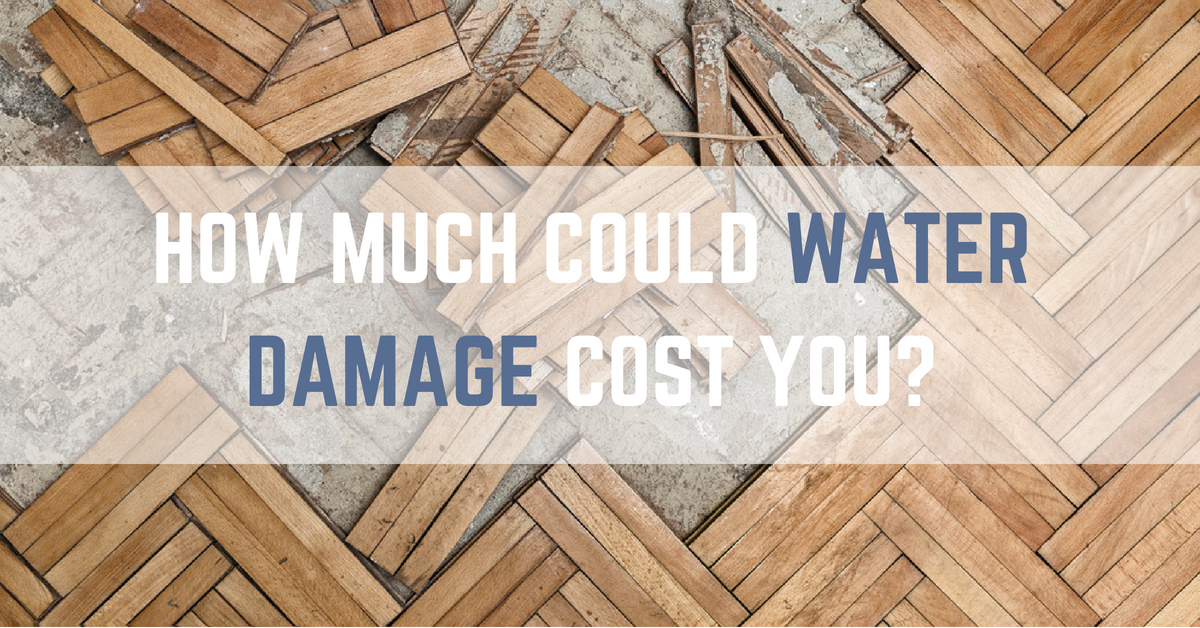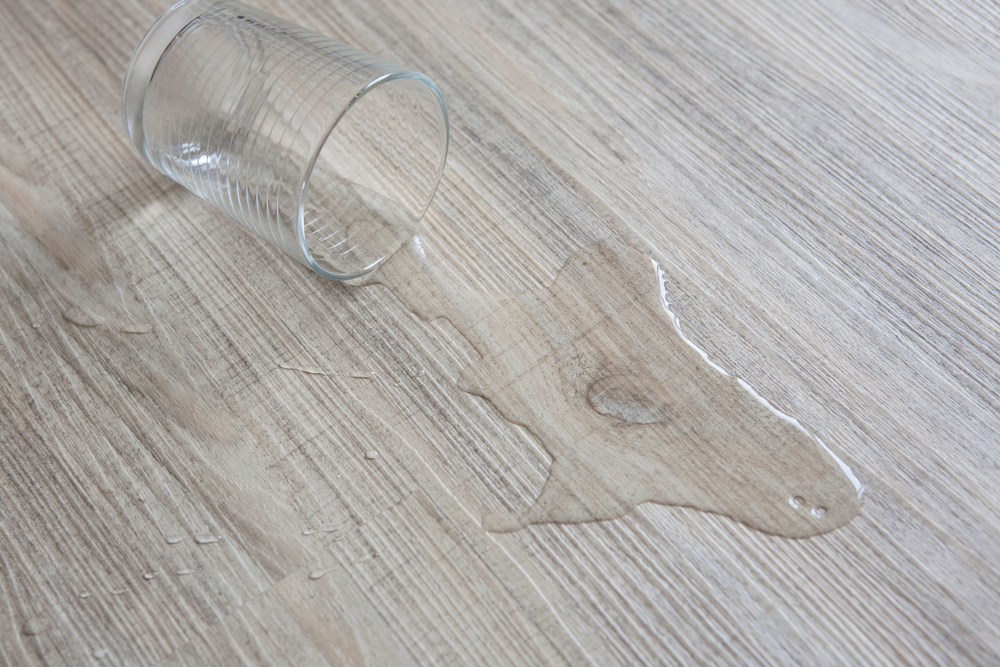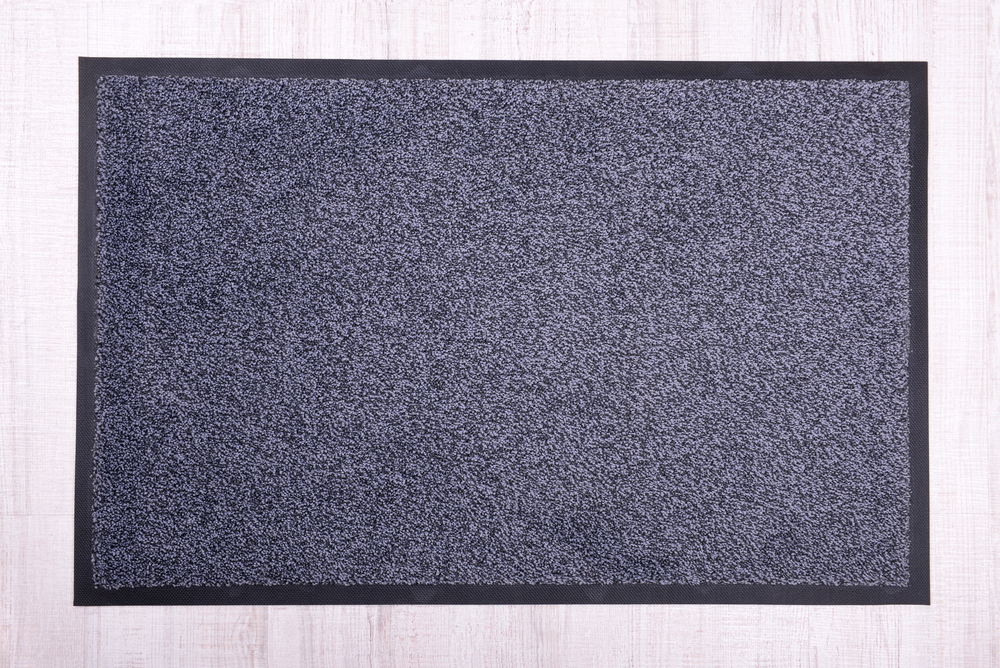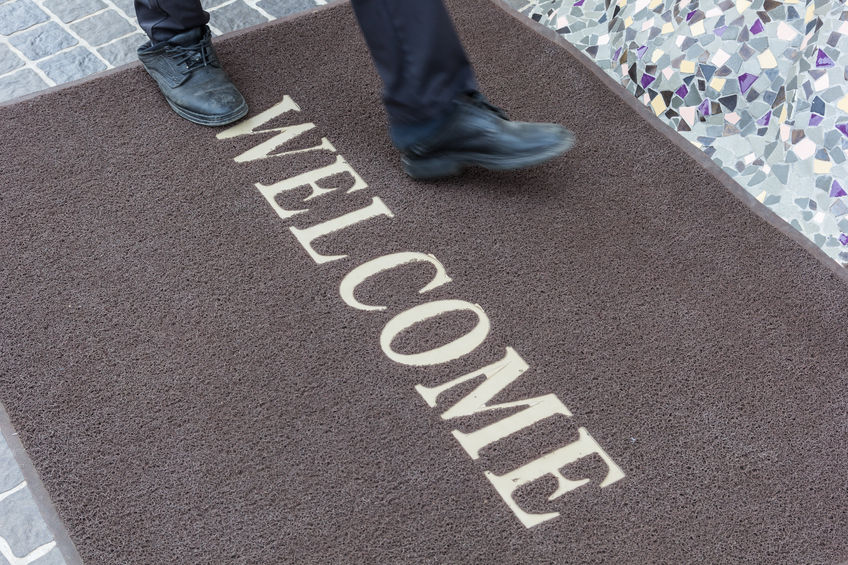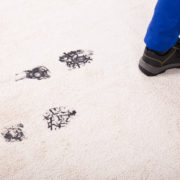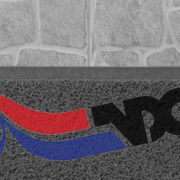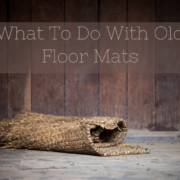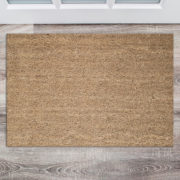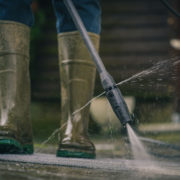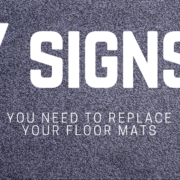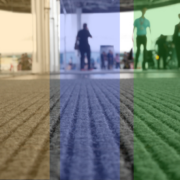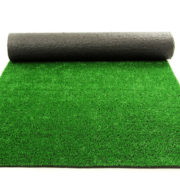How to Protect Your Floors from Costly Water Damage
Unless your floors are concrete or tile, you should know that moisture is not exactly your flooring’s best friend and that water damage is one of the most expensive things that can happen to your business space.
Some of the common causes of water damage to floors are flooding and burst pipes. These events are unexpected and cause massive destruction to flooring; however, there also are instances when water damage is caused by constant neglect, improper maintenance and incorrect cleaning practices.
The best way to understand proper floor care that prevents water damage is to understand exactly what water damage does to your floors.
What Moisture Does to Your Floors
The crucial concept to understanding water damage is prolonged exposure. The longer your flooring – whether it’s carpeted, hardwood, or vinyl – is exposed to moisture, the greater the damage will be. The amount of moisture is also a significant factor. Obviously, submersion creates the largest impact, but accumulated moisture – the kind that comes with forgotten spills or constant and high humidity – creates a slower impact that too often goes unnoticed until it is too late to reverse.
- Carpeted Floors. Moisture damage in carpeted floors causes the fibers and the backing material to tear apart and separate. Water damage also causes the carpet to detach from the flooring, not to mention leave an unsightly stain on the carpet itself. Moisture on the carpet also creates a perfect breeding ground for molds.
- Hardwood Floors. Moisture damage on hardwood floors usually varies depending on the type of wood. Harder floors like maple oak take a longer time to show ruin than lesser types like oak but the damage results in cupping (wood panels bending inward), crowning (wood panels bend in the middle), discoloration, warping, separation between boards, and even cracking.
- Vinyl Tile Floors. While most vinyl tiles can withstand moisture, extreme water damage on vinyl tiles can cause them to curl and discolor, creating bumps or bubbles and even the deterioration of the adhesive.
How to Protect Your Floors From Water Damage
Water damage is not only expensive; it’s also inconvenient. The great news is, there are ways to prevent water damage:
- Make sure wood planks are dried before installation.
- Check to ensure that your subflooring is completely dry before installing.
- Keep your water sources in check at all times to avoid pipe bursts and leaks.
- Keep your indoor humidity in check.
- Invest in a high-quality humidifier to prepare for seasonal changes in humidity levels.
- Clean up spills promptly with the right mops – never give moisture time to seep through the cracks and tiles.
- Add a layer or protection for your flooring wherever possible – like proper floor mats.
Get the Right Mats for Your Needs!
It’s time to talk about properly protecting your flooring from water damage! Invest in proper floor mats to defend yourself against the inconvenience and the expense that water damage causes to flooring. Contact NDC Mats today to learn about our wide selection of heavy-duty mats of all types for every room.
Prevention is cheaper and lasts longer than a full-on renovation. Start today – call NDC Mats at 800-238-2387 or drop us a line here to connect with our experts.

